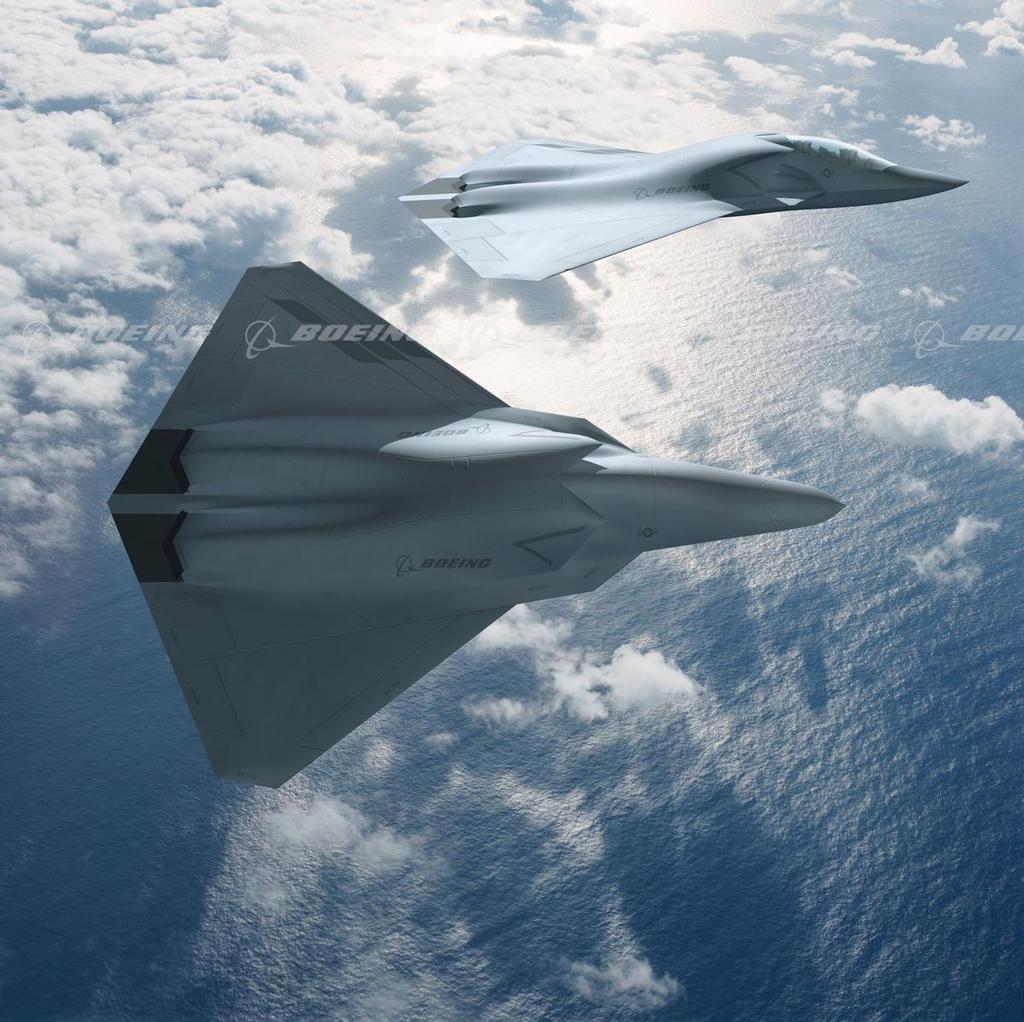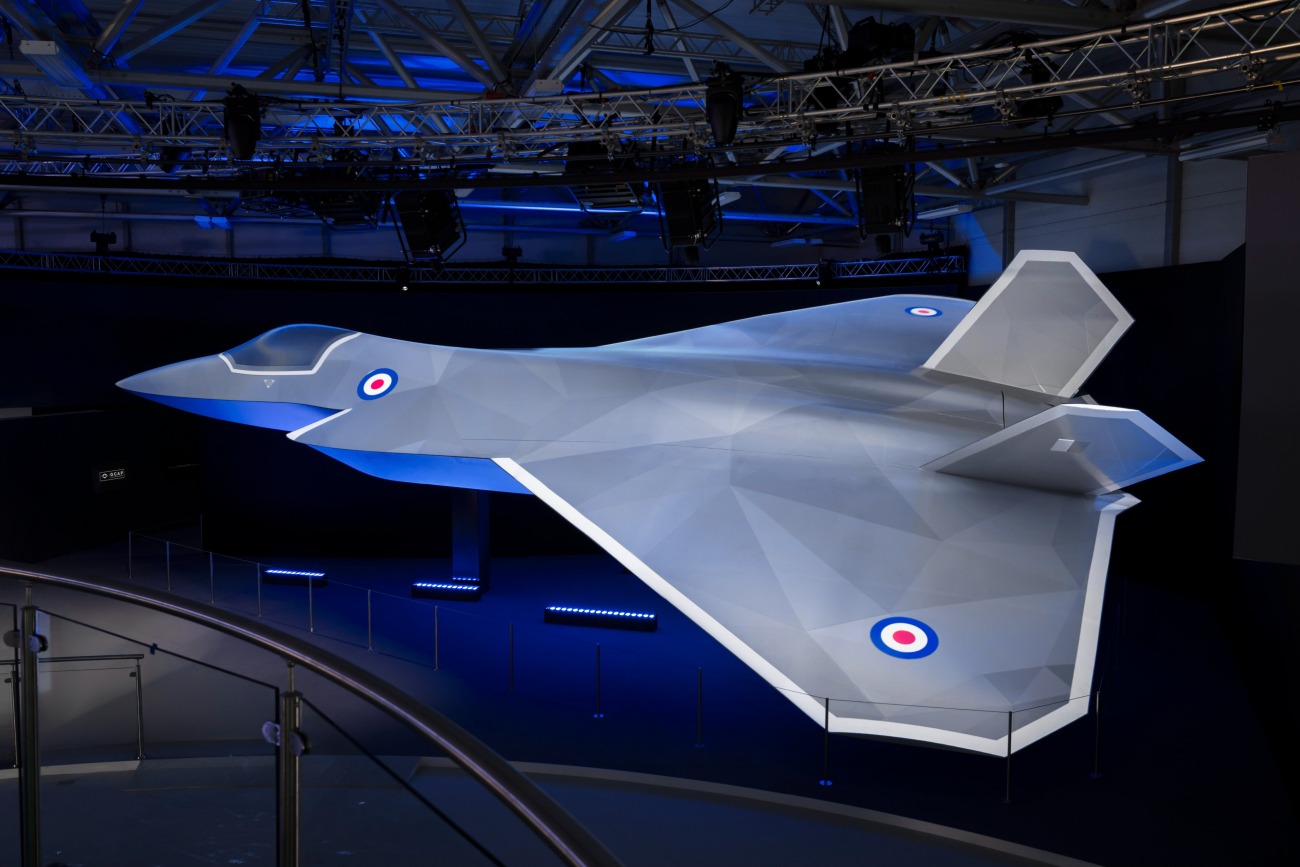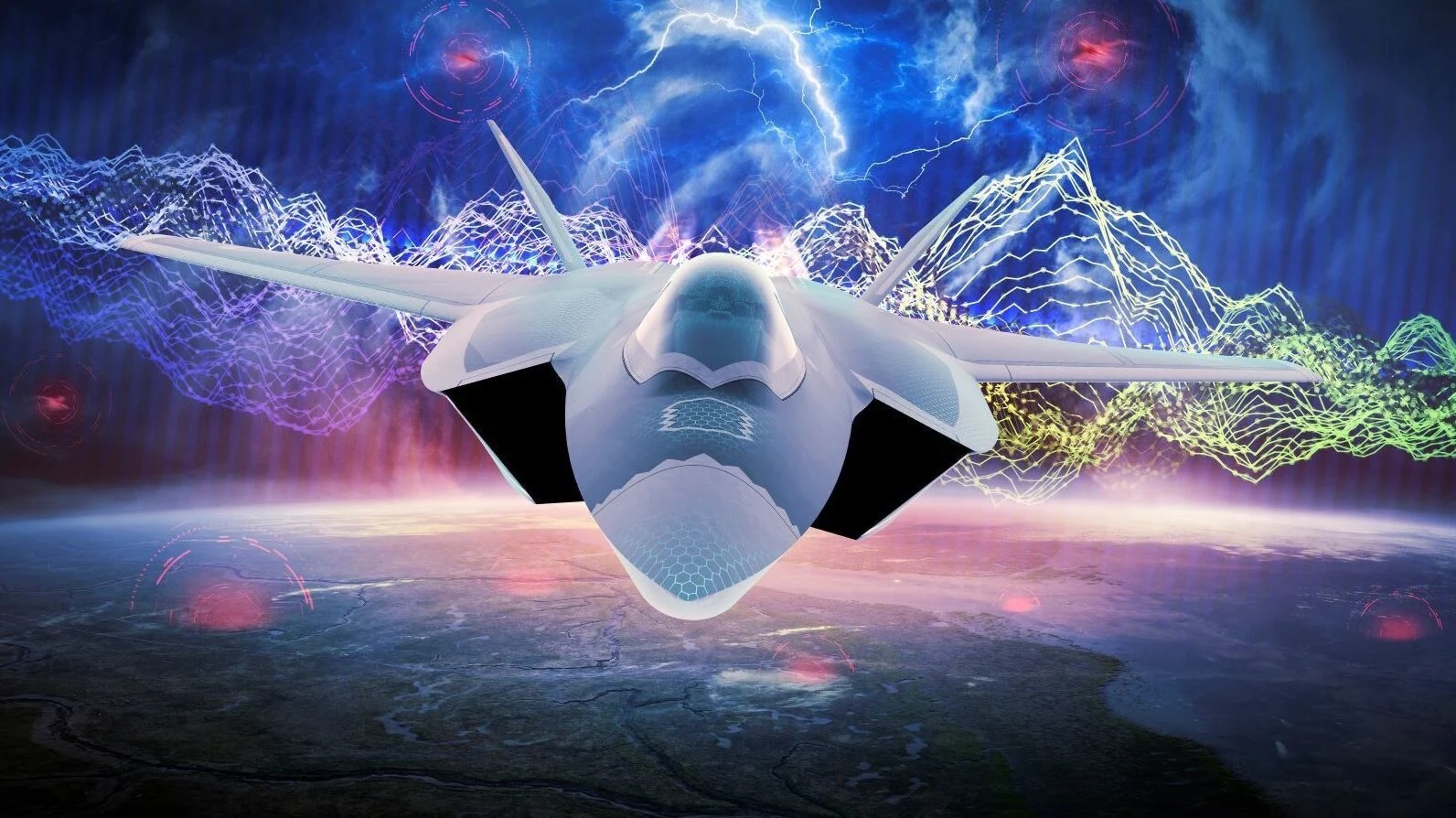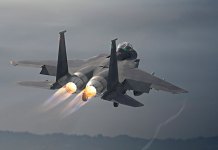Days after the USAF announced that the Next Generation Air Dominance (NGAD) was being reconsidered, the US Navy’s sixth-generation aircraft program also appears to have run into rough weather.
Funding for the US Navy’s Next Generation Fighter program (F/A-XX), which was already slated for a significant reduction, might be further slashed in the next fiscal year. As per media reports, senators have proposed providing the service with roughly 90% less funds than requested.
For F/A-XX, the Navy had asked for $453.828 million in the next fiscal cycle, which begins on October 1 of the current year. However, the Senate Armed Services Committee has unveiled a new draft of the annual defense policy bill, the National Defense Authorization Act (NDAA), for the 2025 Fiscal Year, which would allocate just over $53.828 million for the program.
This is particularly worrying given the Navy’s initial request for F/A-XX in Fiscal Year 2025 was $453.828 million, significantly less than the $1.53 billion it had requested in its budget proposal for Fiscal Year 2024. The cost reductions are, therefore, concerning.
The proposed cuts are more significant because they come at a time when the USAF’s next-generation aircraft program is already in jeopardy. Earlier this month, the service revealed that it was re-examining the specifications for a new crewed sixth-generation stealth combat fighter it is developing as part of the wider NGAD program due to high costs and the need to allocate resources for other major programs.

Although Air Force Secretary Frank Kendall assured that the program was not being abandoned and Air Combat Command Chief Gen. Kenneth S. Wilsbach said that a contractor was expected to be selected this year, there is widespread uncertainty. There is an indication that the crewed sixth-generation aircraft under the NGAD may wind up with a simpler, smaller engine than planned.
Adding to the confusing scenario, the cut in funding for the US Navy’s next-generation aircraft program does not augur well for a country that fielded the world’s first-ever fifth-generation stealth aircraft, the F-22 Raptor, about two decades ago.
In contrast to the inconsistency and uncertainty in US next-generation programs, its allies and rivals have zoomed ahead in their quest to develop a sixth-generation aircraft.
Other sixth-generation aircraft programs are taking shape: the Global Combat Air Program (GCAP), which is being developed by the United Kingdom, Japan, and Italy, and the Future Combat Air System (FCAS), which is being jointly developed by France, Germany, and Spain.
In addition, US rival China is also working on its diamond-shaped sixth-generation aircraft program, the concept of which was shared by the Aviation Industry Corporation of China (AVIC) on social media in February 2023.
Though it has been an open secret that the US and China are competing in creating state-of-the-art military technology, it is interesting to see that a staunch US ally, the United Kingdom, is zooming ahead as the GCAP takes shape at a pace not expected earlier.

UK-Led GCAP Is Gathering Speed
The GCAP partners–the United Kingdom, Japan, and Italy–unveiled a new concept design for their collaborative next-generation aircraft at the Farnborough International Airshow. The new design is mammoth, has a bigger wingspan, and a far more advanced aerodynamic design as compared to previous concepts, including the Tempest which was unveiled by London in 2018.
The proposed combat air system will comprise a primary fighter aircraft, as well as unmanned “adjuncts” like drones, sophisticated sensors, and networked data systems driven by artificial intelligence and cloud computing.
The crewed aircraft features include an intelligent weapons system, a software-controlled interactive cockpit, integrated sensors, and a next-generation radar that will generate much more data than existing systems.
According to GCAP partners, these fighter jets will rank among the world’s most sophisticated, interoperable, flexible, and networked aircraft. However, even there were dark clouds hovering over GCAP’s future.
The Labour-led administration elected in 2024 will make important decisions regarding the Global Combat Air Program (GCAP).
According to reports, London, Rome, and Tokyo are expected to submit a contract for the complete development of the crewed fighter platform at the core of the GCAP by this time next year. This platform is intended to replace the Japanese Mitsubishi F-2s and British and Italian Eurofighters.
Since the program’s December 9, 2022 announcement, tremendous progress has been made. Japan joined the grouping in December 2023. The program proposes to merge their previously separate sixth-generation projects: the BAE Systems Tempest (UK and Italy) and Mitsubishi F-X programs.
The specific details have already been worked out between the partners. As per the plan, the collaborative governmental headquarters and the industrial hub for the effort would be based in the UK, with Japan providing the first CEO and Italy the first leader of the business entity. The formal development phase will begin in 2025. The prototype is expected around 2027, and induction in 2035.
The program aims to establish equitable collaboration among the participating countries. BAE Systems will be the UK’s main contractor in creating the airframe; Rolls-Royce will work on the engines; Leonardo’s UK subsidiary will handle the electronics; and MBDA UK will be responsible for the weaponry.
In Japan, Mitsubishi Heavy Industries will be the prime contractor, with IHI Corporation handling the engines and Mitsubishi Electric the electronics. In Italy, the prime contractor, Leonardo S.p.A., will have Avio Aero working on the engines while MBDA IT will work on missile development.

Earlier this year, the partner countries suggested the possibility of allowing additional states to join in the development of an advanced fighter jet, particularly with the intention of including Saudi Arabia and the United Arab Emirates, both of which have shown interest.
Moreover, unlike the NGAD, which does not seem to include any other country, the GCAP has opened itself to export. Japan has already announced its decision to permit the export of GCAP fighter jets following an extended period of parliamentary deliberation.
The partner nations seek to acquire an export-oriented first-mover advantage in the sixth-generation combat aircraft market. The Franco-German FCAS is scheduled to launch almost five years after the GCAP. Further, it is unlikely that the United States will want to export the platform that emerges from NGAD.
For now, the going appears to be much smoother for the UK-led GCAP than for the US NGAD.
- Contact the author at sakshi.tiwari9555 (at) gmail.com
- Follow EurAsian Times on Google News




